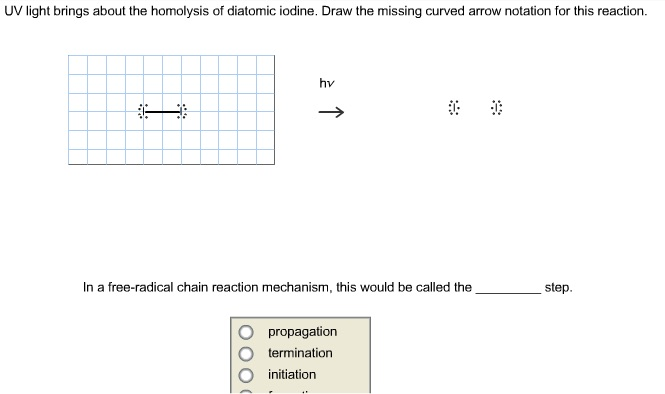

Examples include the European Space Agency’s SMART-1 mission to the Moon 2, NASA’s Dawn mission that studied the protoplanets Ceres and Vesta in the asteroid belt between Mars and Jupiter 16, and the Japanese Aerospace Exploration Agency’s Hayabusa1 and Hayabusa2 sample-return missions to the near-Earth asteroids 25143 Itokawa 73 Ryugu 18.Īs spacecraft are power limited, electric propulsion systems must maximize their thrust-to-power ratio, which for electrostatic accelerators requires a propellant with a low ionization threshold and a high atomic mass 5. In addition to being used by many commercial satellites orbiting the Earth, such propulsion systems are also used for space exploration. Some of the most successful electric propulsion systems include gridded ion and Hall thrusters 5, which create a plasma through electron impact ionization of a gas 6 and electrostatically accelerate ions to generate thrust. Electric propulsion 5, 15 uses electric power to accelerate a propellant (via electric and/or magnetic fields) and can achieve exhaust speeds that are an order of magnitude higher than chemical propulsion (which uses energy from chemical reactions for propellant acceleration). The choice of propulsion technology, in particular its exhaust speed, determines the propellant mass needed. Spacecraft require propulsion to perform manoeuvres in space, such as orbit transfers, avoidance of collisions, orbit maintenance to compensate for aerodynamic or gravitational perturbations, and end-of-life disposal 1. For example, iodine enables substantial system miniaturization and simplification, which provides small satellites and satellite constellations with new capabilities for deployment, collision avoidance, end-of-life disposal and space exploration 10, 11, 12, 13, 14. We anticipate that these results will accelerate the adoption of alternative propellants within the space industry and demonstrate the potential of iodine for a wide range of space missions. The propulsion system has been successfully operated in space onboard a small satellite with manoeuvres confirmed using satellite tracking data. Both atomic and molecular iodine ions are accelerated by high-voltage grids to generate thrust, and a highly collimated beam can be produced with substantial iodine dissociation. A plasma is then produced with a radio-frequency inductive antenna, and we show that the ionization efficiency is enhanced compared with xenon. Diatomic iodine is stored as a solid and sublimated at low temperatures. Here we demonstrate a propulsion system that uses iodine propellant and we present in-orbit results of this new technology. However, xenon is rare, it must be stored under high pressure and commercial production is expensive 7, 8, 9. At present, xenon is used almost exclusively as an ionizable propellant for space propulsion 2, 3, 4, 5. For efficient propellant usage, electric propulsion systems based on the electrostatic acceleration of ions formed during electron impact ionization of a gas are particularly attractive 5, 6. Propulsion is a critical subsystem of many spacecraft 1, 2, 3, 4.


 0 kommentar(er)
0 kommentar(er)
